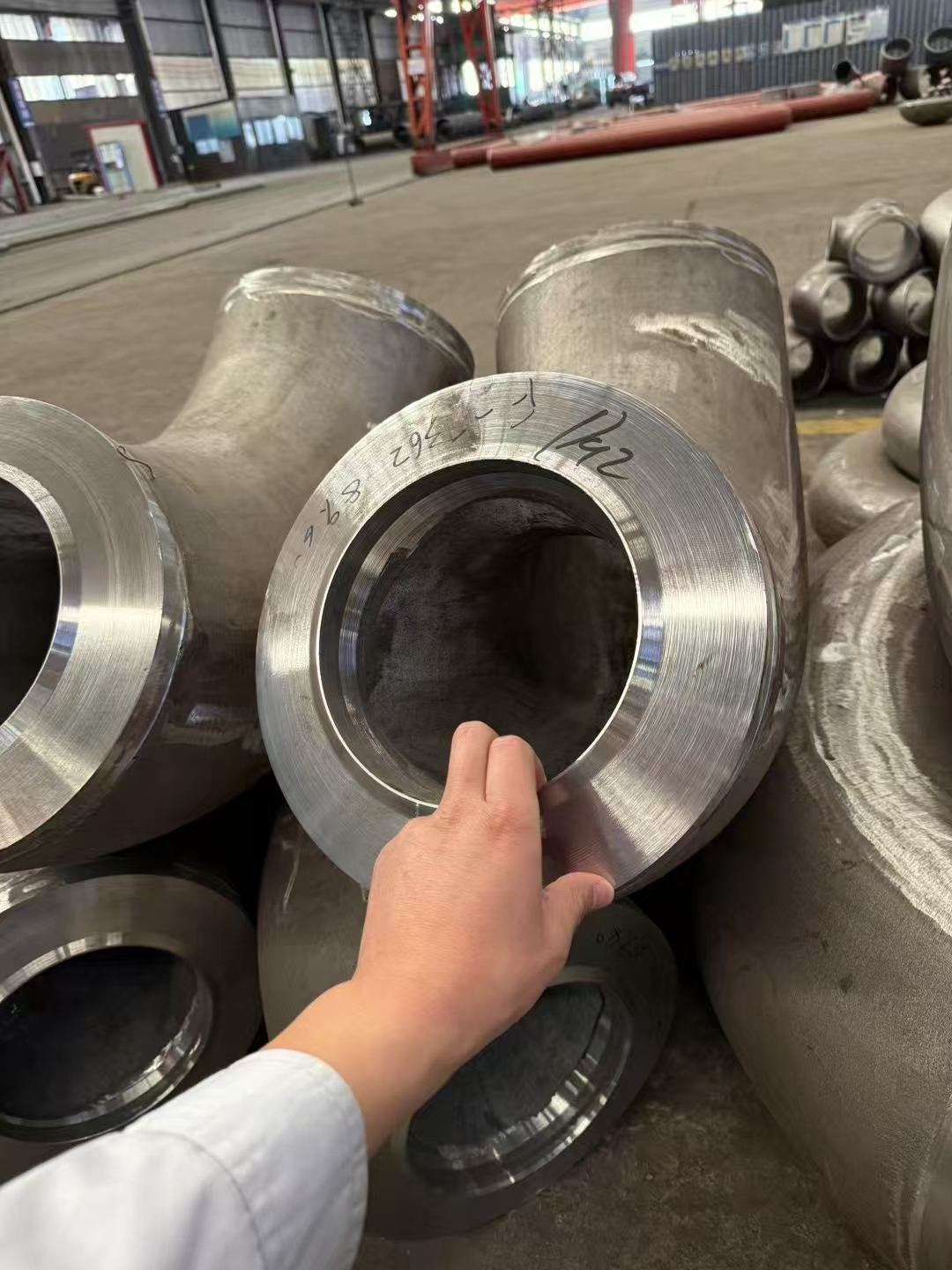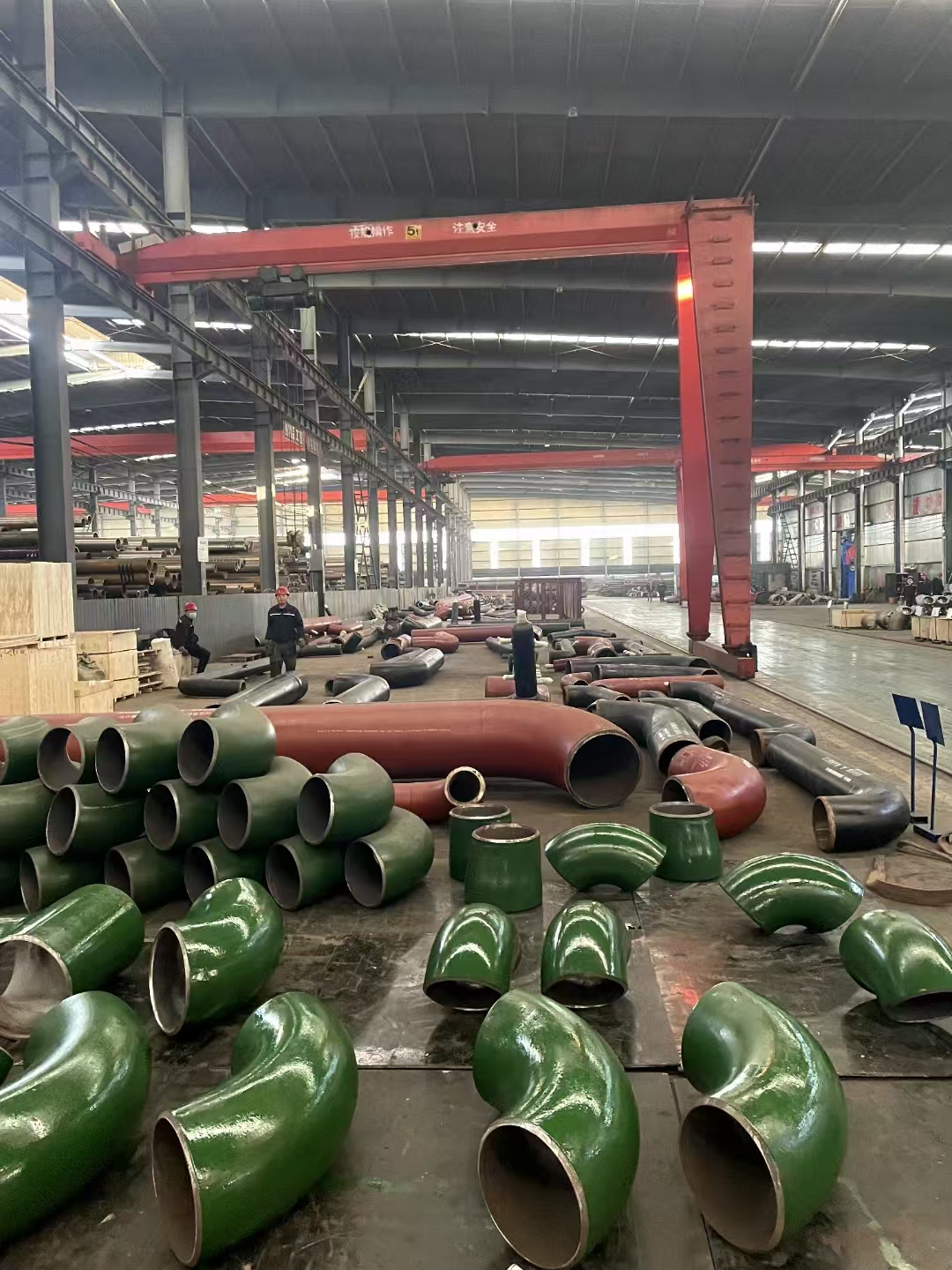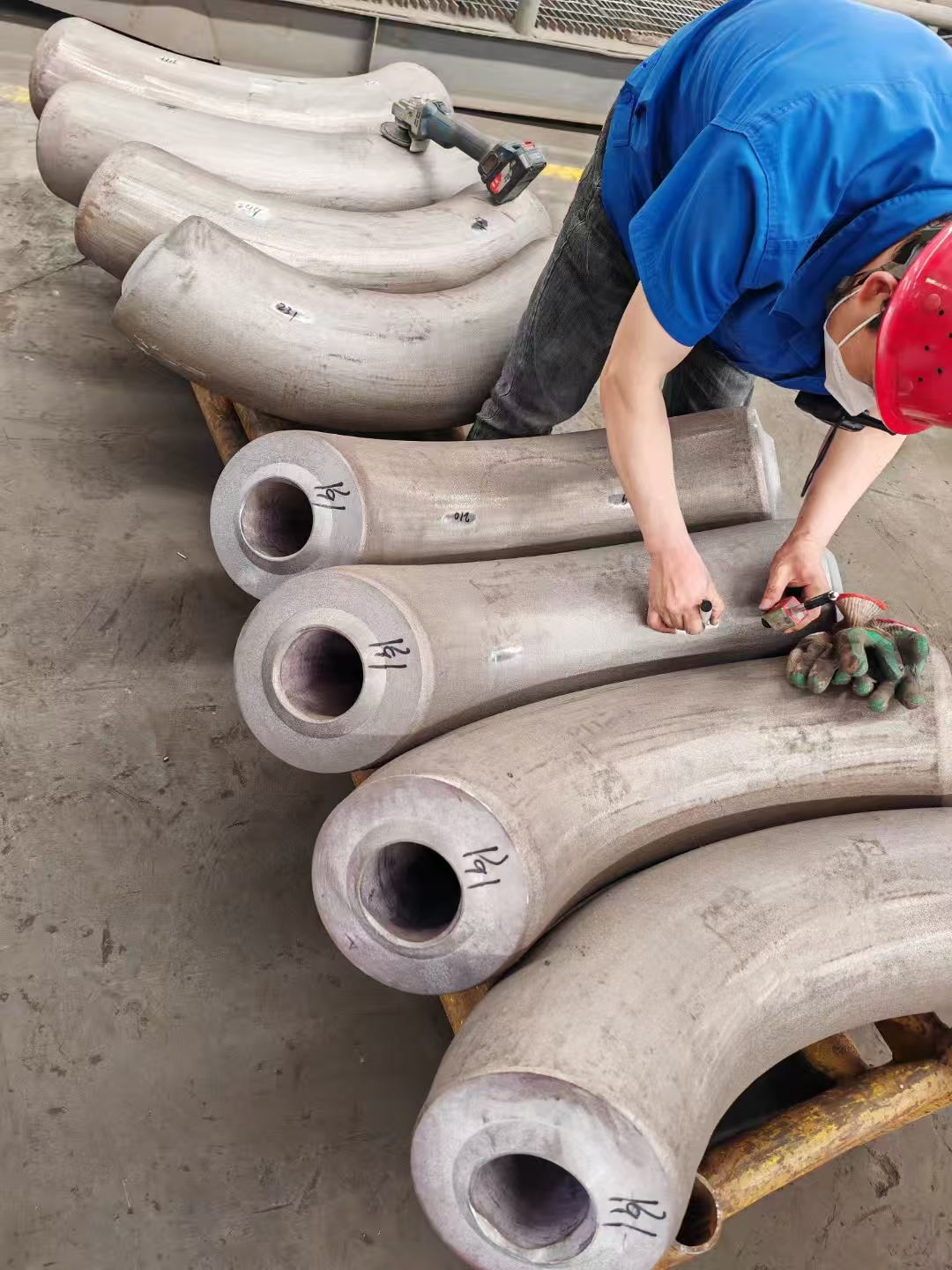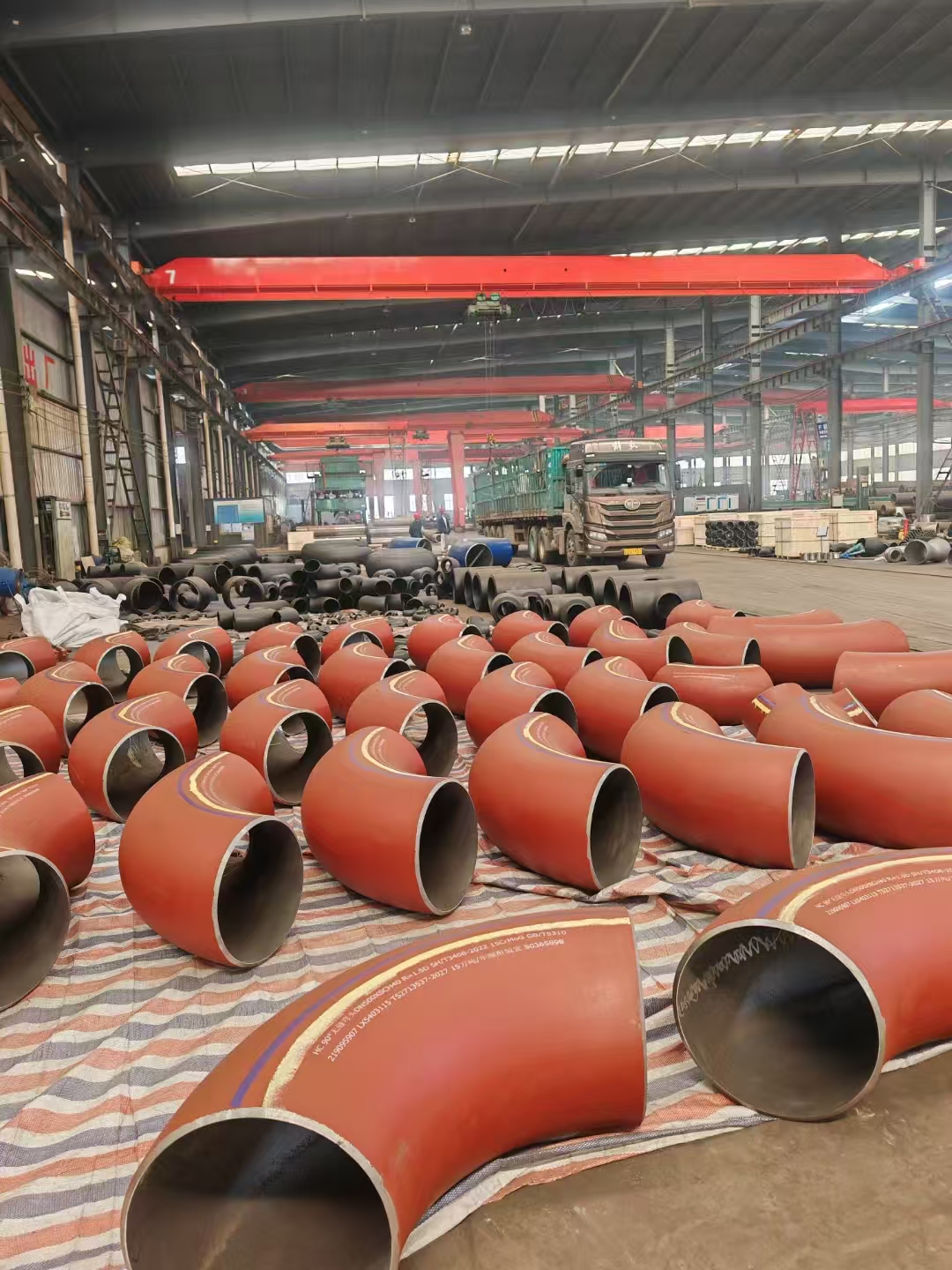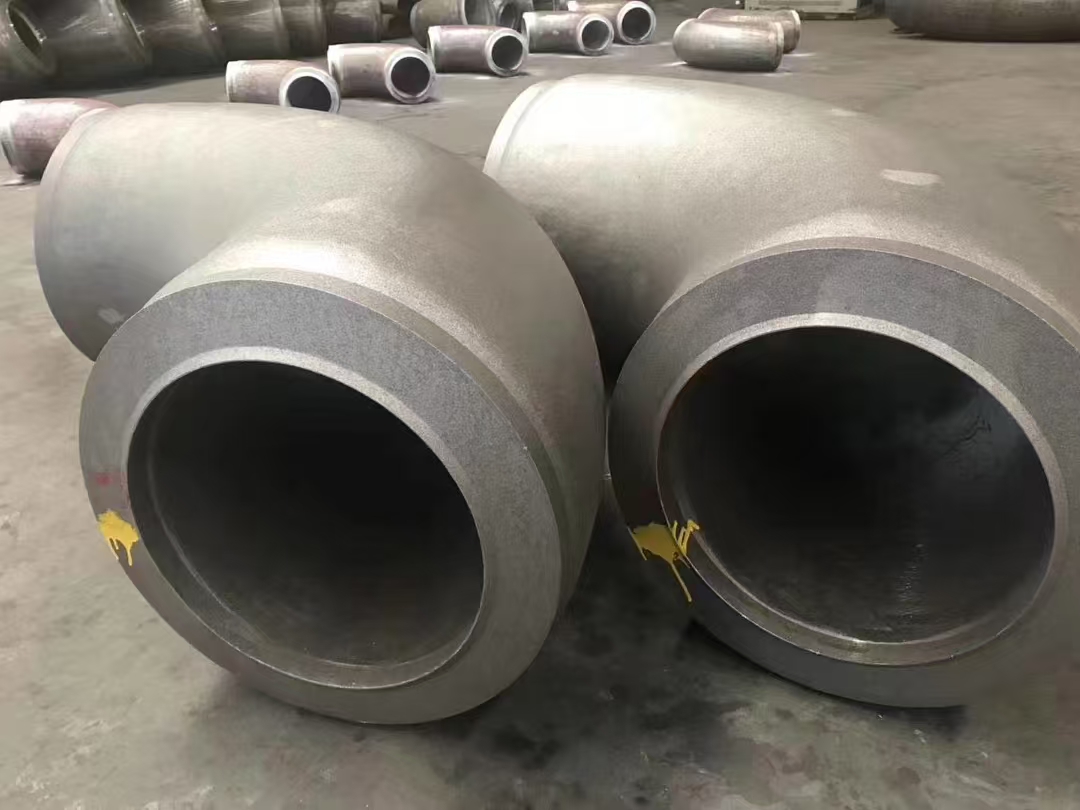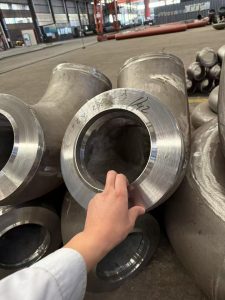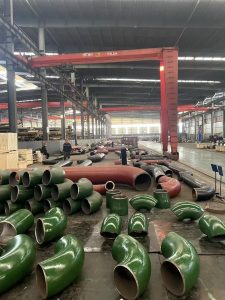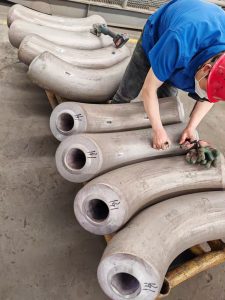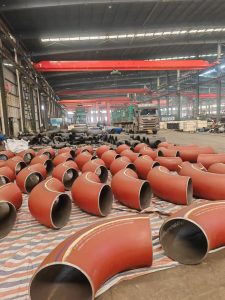Introduction
ASTM A182 F55 flanges are high-performance alloy steel flanges widely used in the petroleum, chemical, and marine engineering industries. Their excellent corrosion resistance makes them highly valuable in harsh environments. However, pitting corrosion remains an important issue that requires attention during practical applications. This article will analyze the pitting corrosion performance of ASTM A182 F55 flanges, using the G48 A method as the testing tool, and discuss the pitting corrosion mechanism and preventive measures.
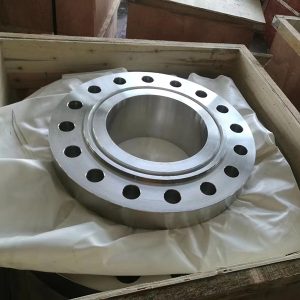
Material Composition and Performance
The main components of ASTM A182 F55 flanges include chromium, nickel, molybdenum, copper, and other alloying elements, which together endow the F55 flange with good corrosion resistance. However, under specific environmental conditions, such as in media containing chloride ions, F55 flanges may still experience pitting corrosion.
Pitting Corrosion Mechanism
Pitting corrosion is a form of localized corrosion that primarily occurs on the metal surface.
The main mechanisms of pitting corrosion are as follows:
1.Chloride ion adsorption: Chloride ions adsorb on the metal surface, disrupting the protective oxide film and exposing the metal to the corrosive medium.
2.Microcell action: Inhomogeneities on the metal surface lead to electrochemical corrosion, forming microcells and accelerating the corrosion process.
3.Corrosion product accumulation: Corrosion products generated during the process accumulate on the metal surface, forming a protective film that further exacerbates localized corrosion.
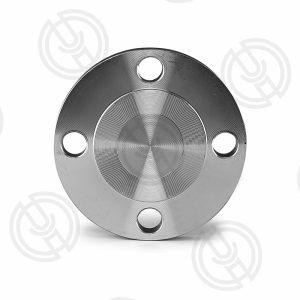
G48 A Method for Testing Pitting Corrosion Performance
The G48 A method is a commonly used test for pitting corrosion. The following are the steps for conducting pitting corrosion tests on ASTM A182 F55 flanges:
1.Sample preparation: A sample of a certain size is cut from the F55 flange and surface-treated to ensure the surface is smooth.
2.Test solution: A solution containing a certain concentration of chloride ions is used as the corrosive medium to simulate the actual working environment.
3.Test process: The prepared sample is immersed in the corrosive medium at a certain temperature, and the pitting corrosion on the sample surface is observed.
4.Result evaluation: The pitting corrosion performance of the F55 flange is evaluated based on the depth, quantity, and distribution of pitting corrosion.
Test Results and Analysis
After the G48 A method test, ASTM A182 F55 flanges demonstrated good resistance to pitting corrosion in chloride-containing corrosive media. The following is an analysis of the test results:
1.Pitting depth: The pitting depth of the F55 flange was shallow, indicating a certain level of resistance to pitting corrosion.
2.Pitting quantity: The number of pitting occurrences on the sample surface was low, indicating good resistance to pitting corrosion in chloride ion media.
3.Pitting distribution: Pitting corrosion was mainly distributed in specific areas of the sample surface, which may be related to minor surface defects.
Preventive Measures
To reduce the risk of pitting corrosion in ASTM A182 F55 flanges, the following preventive measures can be considered:
1.Material selection: During design and material selection, fully consider the working environment and choose materials with better resistance to pitting corrosion.
2.Surface treatment: Improve the quality of the flange surface, reduce minor defects, and lower the probability of pitting corrosion occurrence.
3.Cathodic protection: Implement cathodic protection measures, such as applying anti-corrosion coatings, to slow down the corrosion rate.
4.Environmental control: Reduce the concentration of chloride ions in the corrosive medium to mitigate the degree of pitting corrosion.
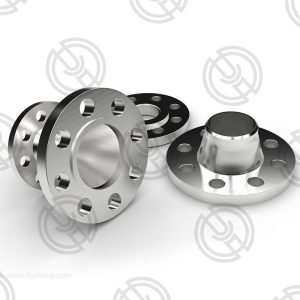
Conclusion
ASTM A182 F55 flange have a certain level of resistance to pitting corrosion in chloride-containing corrosive media. Through the G48 A method test, we can better understand their pitting corrosion performance, providing a reference for practical applications. By adopting reasonable preventive measures, the risk of pitting corrosion in F55 flanges can be effectively reduced, ensuring stable operation in harsh environments.”

